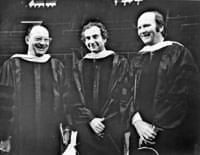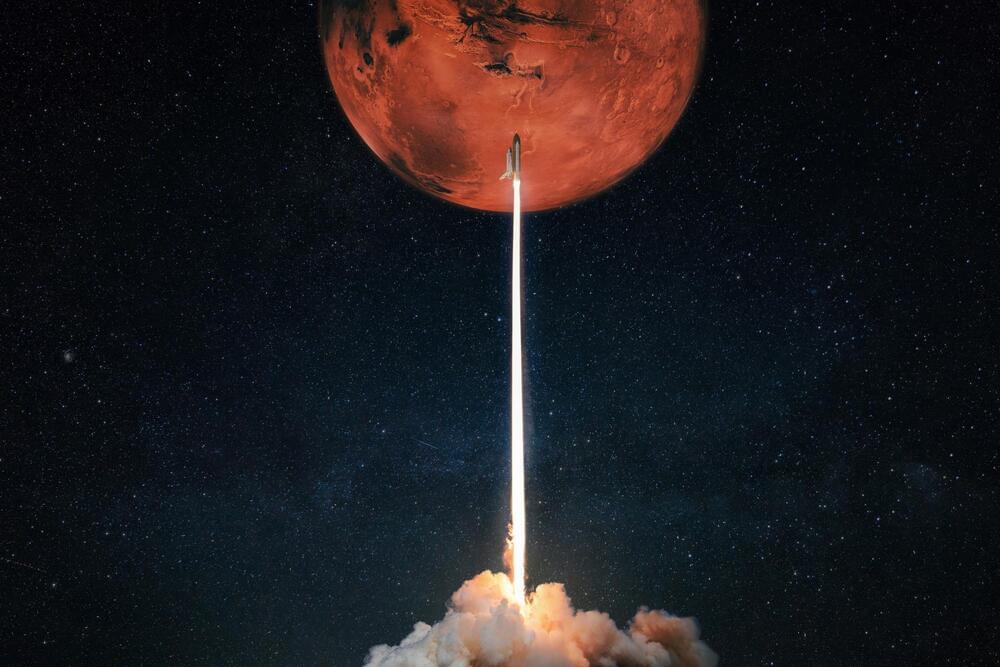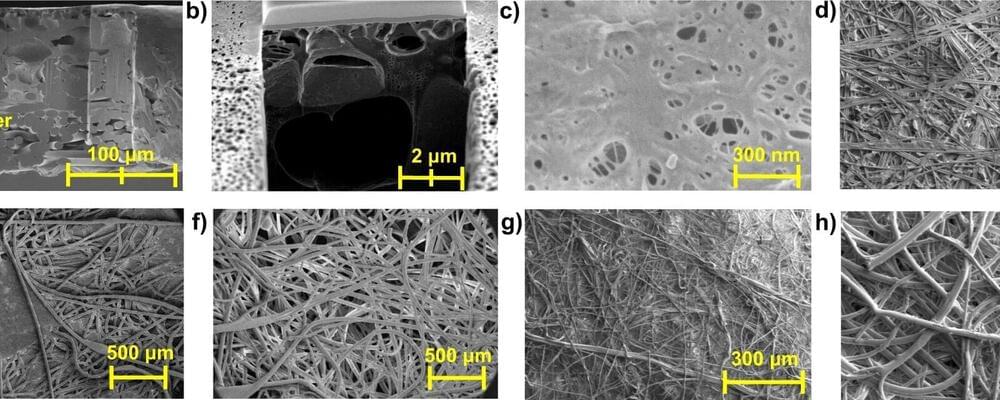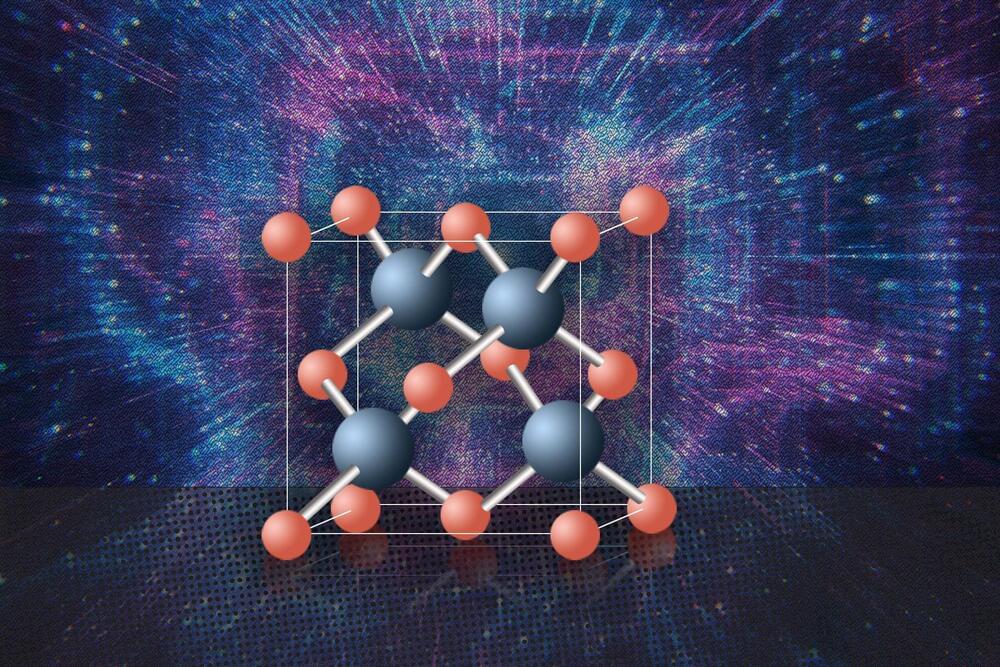A new study in mouse models of Alzheimer’s suggests that replacing blood containing amyloid-beta with fresh, healthy blood, may have therapeutic potential.


Gene therapy and optoelectronics could radically upgrade hearing for millions of people.
TEL AVIV, Israel — A one-time vaccine for HIV is a step closer to reality, according to a new study. A team in Israel used gene-editing technology to engineer type B white blood cells, which can trigger the immune system to fight the virus.
Dr. Adi Barzel of Tel Aviv University says this is one of the few times scientists have been able to engineer B cells outside of the human body. Their study finds that B white blood cells spark the immune system to produce more HIV-neutralizing antibodies. Currently, there is no cure for AIDS, which the HIV virus causes.
“Based on this study, we can expect that over the coming years we will be able to produce a medication for AIDS, additional infectious diseases and certain types of cancer caused by a virus, such as cervical cancer, head and neck cancer and more,” Dr. Barzel says in a university release.

Bardeen, Cooper and Schrieffer (left to right)
In 1911, Heike Kamerlingh Onnes, in his quest to study materials at ever lower temperatures, happened to find that the electrical resistance of some metallic materials suddenly vanished at temperatures near absolute zero. He called the phenomenon superconductivity, and scientists soon found additional materials that exhibited this property.
But no one could completely explain how it worked. For the next few decades, many prominent physicists worked to develop a theory of the mechanism underlying superconductivity, but no one had much success, and some despaired of figuring it out. One such physicist, Felix Bloch, was quoted as proposing “Bloch’s theorem: Superconductivity is impossible.”
An Israeli security researcher has demonstrated a novel attack against air-gapped systems by leveraging the SATA cables inside computers as a wireless antenna to emanate data via radio signals.

Scientists, designers and engineers across the space industry are working tirelessly to form innovative solutions for traveling to, living on and further understanding Mars.
Mars has long occupied our imagination as a site of wonder and possibility in film — from the high-tech invasion portrayed in The War of the Worlds to Andy Weir’s perhaps more accurate depiction The Martian.
Today, reality is closer than ever to the dreams of science fiction. As early as the 2030s, humans will be able to visit Earth’s planetary neighbor in the most ambitious aerospace mission yet.
The key to becoming an interplanetary species? Cutting-edge materials. Thankfully, scientists, designers, and engineers across the space industry are working tirelessly to form innovative solutions for traveling to, living on, and further understanding Mars.

Current approaches to de novo design of proteins harboring a desired binding or catalytic motif require pre-specification of an overall fold or secondary structure composition, and hence considerable trial and error can be required to identify protein structures capable of scaffolding an arbitrary functional site. Here we describe two complementary approaches to the general functional site design problem that employ the RosettaFold and AlphaFold neural networks which map input sequences to predicted structures. In the first “constrained hallucination” approach, we carry out gradient descent in sequence space to optimize a loss function which simultaneously rewards recapitulation of the desired functional site and the ideality of the surrounding scaffold, supplemented with problem-specific interaction terms, to design candidate immunogens presenting epitopes recognized by neutralizing antibodies, receptor traps for escape-resistant viral inhibition, metalloproteins and enzymes, and target binding proteins with designed interfaces expanding around known binding motifs. In the second “missing information recovery” approach, we start from the desired functional site and jointly fill in the missing sequence and structure information needed to complete the protein in a single forward pass through an updated RoseTTAFold trained to recover sequence from structure in addition to structure from sequence. We show that the two approaches have considerable synergy, and AlphaFold2 structure prediction calculations suggest that the approaches can accurately generate proteins containing a very wide array of functional sites.
The authors have declared no competing interest.

A team of University of Kentucky researchers led by College of Engineering Professor Dibakar Bhattacharyya, Ph.D., and his Ph.D. student, Rollie Mills, have developed a medical face mask membrane that can capture and deactivate the SARS-CoV-2 spike protein on contact.
At the beginning of the COVID-19 pandemic in 2020, Bhattacharyya, known to friends and colleagues as “DB,” along with collaborators across disciplines at UK set out to create the material. Their work was published in Communications Materials on May 24.
SARS-CoV-2 is covered in spike proteins, which allow the virus to enter host cells once in the body. The team developed a membrane that includes proteolytic enzymes that attach to the protein spikes and deactivates them.

Silicon is one of the most abundant elements on Earth, and in its pure form the material has become the foundation of much of modern technology, from solar cells to computer chips. But silicon’s properties as a semiconductor are far from ideal.
For one thing, although silicon lets electrons whizz through its structure easily, it is much less accommodating to “holes”—electrons’ positively charged counterparts—and harnessing both is important for some kinds of chips. What’s more, silicon is not very good at conducting heat, which is why overheating issues and expensive cooling systems are common in computers.
Now, a team of researchers at MIT, the University of Houston, and other institutions has carried out experiments showing that a material known as cubic boron arsenide overcomes both of these limitations. It provides high mobility to both electrons and holes, and has excellent thermal conductivity. It is, the researchers say, the best semiconductor material ever found, and maybe the best possible one.